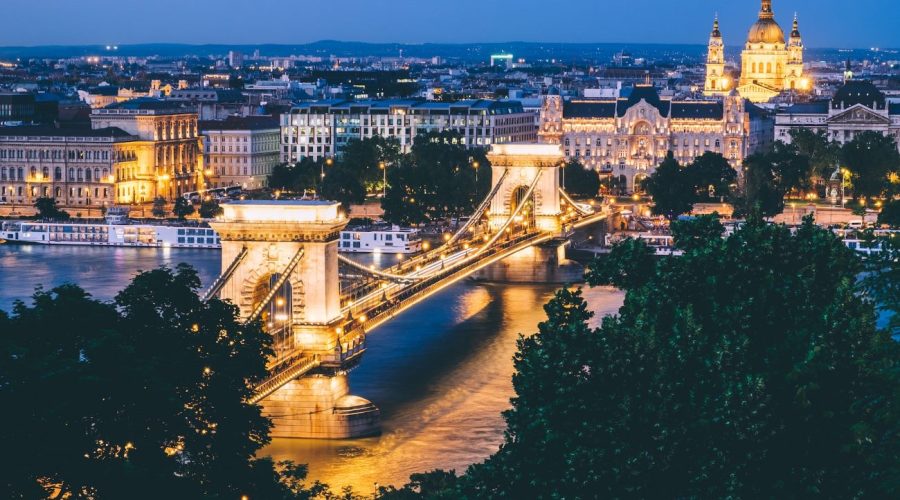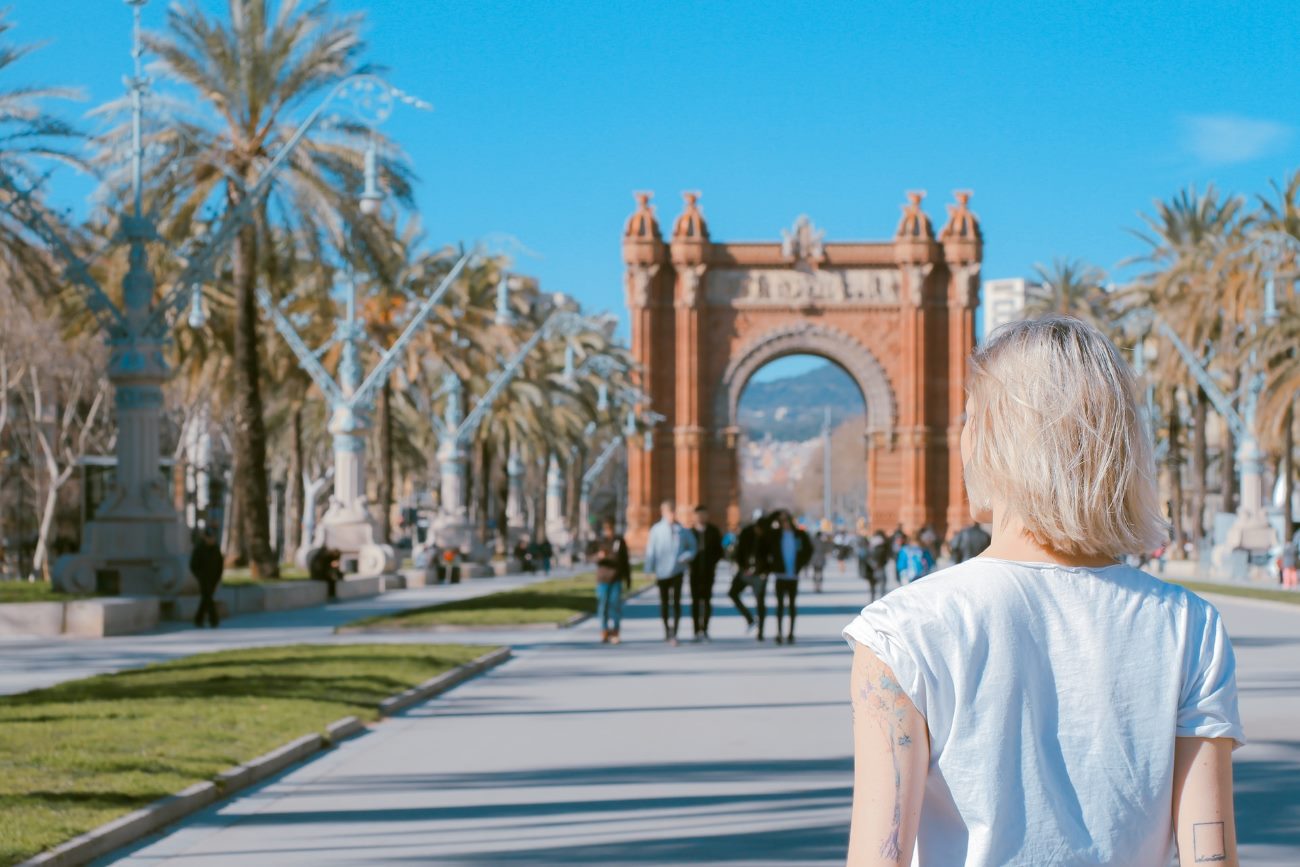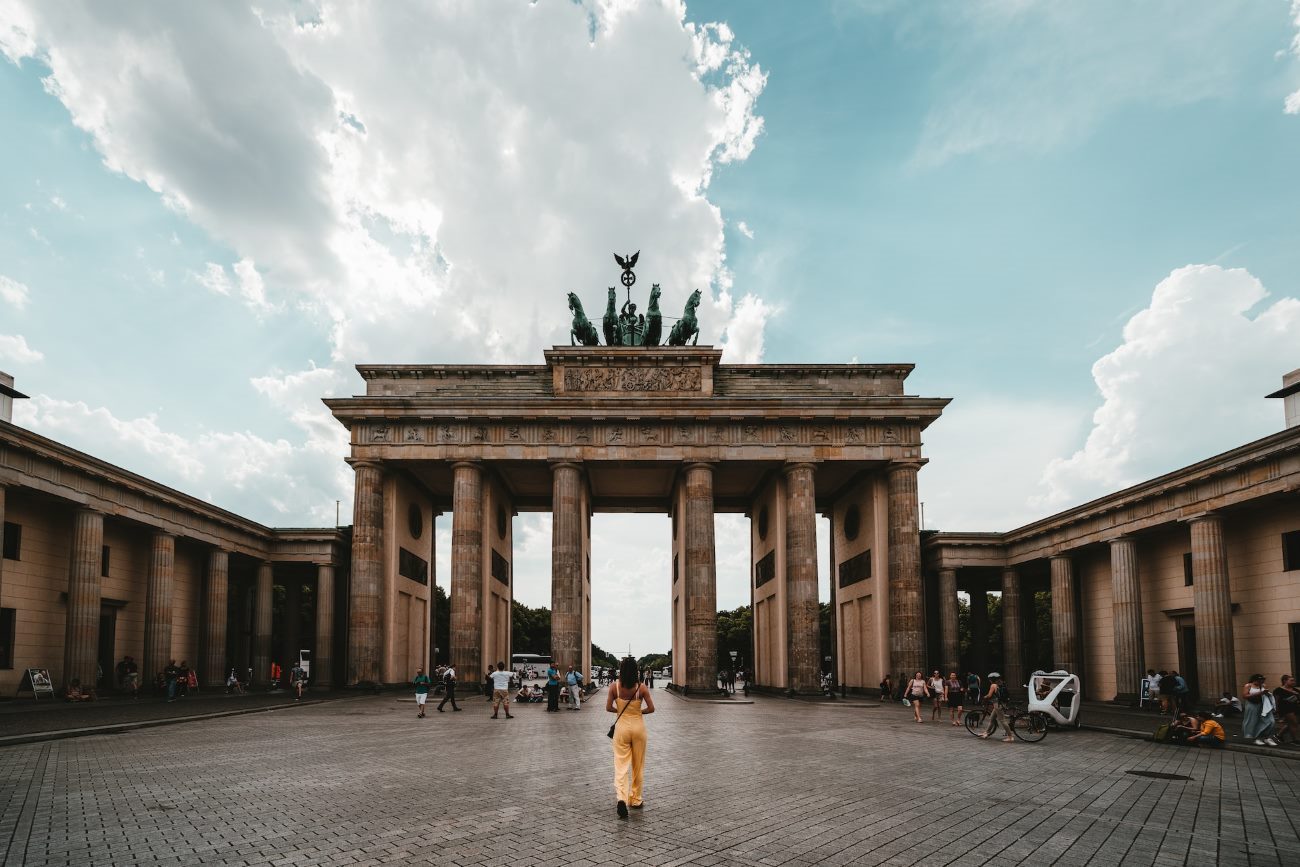What is the Red Light District in Amsterdam Called?
Amsterdam, known as the capital of the Netherlands is famous for its rich culture, beautiful canals and unique architecture. Its many attractions but one region, draws lots of attention and curiosity – the Red Light District.
Understanding the Red Light District
The Red Light District of Amsterdam is commonly referred to as “De Wallen.” It is a dutiful assigned area where prostitution in an open manner often whilst regulated by the Dutch government is enjoyed. The district is called after the differing red neon lights that exhibit in the windows on which, where prostitutes proclaim their services.
De Wallen is situated in the heart of Amsterdam, close to Oude Kerk (Old Church) and extends over several streets and canals. It is not merely one of the adult entertainment destinations , but it also gives us an interesting peek at the history, rich history, and the liberal view of the city.
A Brief History
Red Light District has a centuries long and tumultuous history. Prostitution in Amsterdam has a history that traces back at least to the 15th century when sailors on visiting the city were in search of some company. Through the years, the act of prostitution became more structured as according to authorities.
By the 17th century De Wallen began to develop into the city’s main red-light district. The area prospared thanks to Amsterdam’s harbour right next door which attracted sailing, merchants and traveller from all corners of the world. The disistrict gained its reputation for its brothels, theaters and lively nightlife.
Modern Regulations
Today, the Red Light Area runs under strict rules so as to protect the sex workers and the tourists. Netherlands government legalized sex work in 2000 to protect prostitute and stop human sex trafficking.
A prostitution in Amsterdam is governed by certain rules and regulations. Brothels have to be licensed as have window displays and operators must be at least 21. The government frequently monitors and audits the establishments to keep them to standard and enforce laws.
Exploring the Red Light District
Although the Red Light District may not be any bodys thrill, its a well known highlight for tourists looking to get a taste of Amsterdam’s definite individual flair & the freer beauty of it. Exploring the district can be a fun experience, but one must have respect and awareness of local customs and rules.
Passing through the winding streets, there will be many windows with red lights, meaning that there is someone available from Brown Town. Please don’t forget that photography is banned on the premises to safeguard the person’s safety and privacy who is working in here.
Some Other Things to Consider:
- Do not be intrusive, tapping on the window, or indecent signs.
- No drink & drive or misused drugs in the NETWORK DISTRICT.
- Use your wits for thieves, as ten overcrowded areas may come attractive thieves.
- Stick to the main streets and do not enter into any dark passages.
- Respect the locals and the local life.
Beyond Adult Entertainment
The Red Light District is more than just a sex district. It accommodates with sundry breakfast, lunch, dinner restaurants, cafes, bars and stores. You can discover the area in broad daylight and appreciate the special architecture, rape the sex museum or simply to treat a bite to eat at one of the numerous restaurants.
Besides that, also Amsterdam’s city council is making efforts to make the district more lively and more diverse in her facilities. This includes advertising art galleries, theatres and other cultural attractions, to extend the visit of the visitor.
Conclusion
Amsterdam’s Red Light District, also referred to as “De Wallen,” is a special and actually significant district. Though it might be interesting to some visitors, it’s good to remember that you should approach it with some respect towards the sex workers and the neighborhood. Looking around can offer a new point of view on Amsterdam’s society and tolerant view but remember to respect the guidelines and the rules that are in place to make it a safe and enjoyable experience.
Table of Contents



